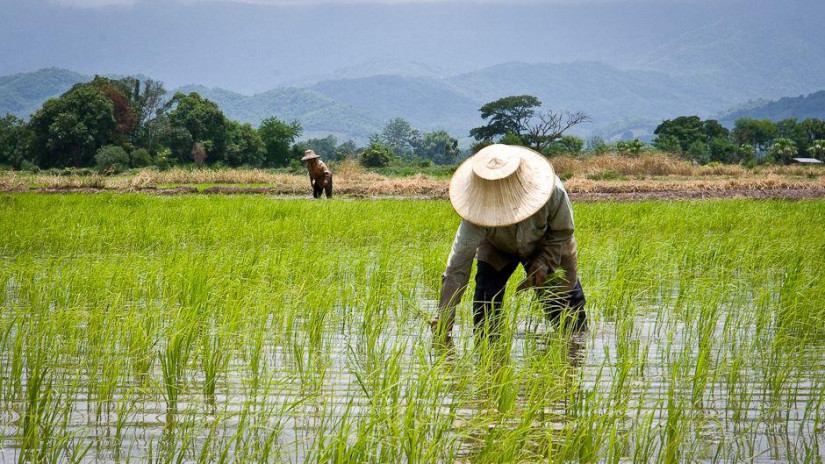
The new government is expected to allocate more work to the agricultural sector. As of February 2023, at least 40.69 million people in Indonesia are employed in this field.
Despite being an agrarian country, poverty lines in Indonesia remain a classic issue affecting the fate and livelihoods of most farmers. It seems incredibly challenging for farmers, mainly small-scale laborers, to break free from the cycle of poverty, with many merely surviving to make ends meet.
“Lifting farmers out of poverty and recognizing them as food heroes is a significant task that the incoming government in October will face,” said Dr. Bayu Dwi Apri Nugroho from the UGM Faculty of Agricultural Technology (FTP UGM) on Tuesday (Apr. 2).
As an agricultural observer specializing in agrometeorology, environmental science, and climate change at UGM, he stated that the previous government had launched numerous programs to improve farmers’ well-being. However, these programs have yet to yield significant results in lifting farmers out of poverty.
These initiatives range from agricultural intensification programs, including superior seeds, irrigation channel improvements, and fertilizer utilization, to extensive mentoring and counseling programs for farmer groups.
Each implemented program has not entirely improved farmers’ lives. However, it is also recognized that agricultural issues are complex and diverse in each region.
“Regarding farmer regeneration, data from Statistics Indonesia in 2020 showed that Indonesia has 64.50 million youths. However, the percentage of youth working in the agricultural sector is only 21 percent,” he said.
This figure is significantly lower than that of those working in the manufacturing industry (24%) and the service industry (55%). There are many reasons why the percentage of youth working in the agricultural sector is low.
Firstly, there is the perception associated with agriculture. Dr. Nugroho noted that this requires positive agricultural branding to make it appealing. Secondly, it’s related to risks.
“The first is dependence on nature, and the second is low income. When current farmers discourage their children from becoming farmers, it adds complexity to the issue,” he explained.
Sometimes, farmer parents are forced to sell their land to finance their children’schildren’s education. They hope their children will have a better future if they graduate from higher education.
“Parents want their children to become civil servants or other professions after their education. This is the reality in society today,” he stated.
Moreover, the intensity of natural disasters causing droughts and floods is also a threat and challenge to agriculture. Climate change affects farming through altered planting patterns, calendars, and schedules, increased pest and animal disease outbreaks, and decreased agricultural yields.
He mentioned that temperatures have risen by 1 degree Celsius since 1998. Consequently, rainfall is estimated to increase by 2-3 percent annually. Over the past five years, the average flooded paddy fields covered 188,662 hectares (52,265 ha flooded), while droughts affected 255,974 hectares (75,246 ha drought-stricken).
He emphasized, “One of the main challenges in addressing the impact of global climate change is enhancing farmers’ skills and knowledge, as well as field officers’ in climate prediction and taking necessary prevention, mitigation, and adaptation measures.”
One way to improve farmers’ ability to anticipate and reduce climate change impacts is through Climate Field Schools (CFS) programs, strengthening climate information systems, and adjusting planting patterns according to local conditions.
Additionally, it’s crucial to develop relevant technologies and create environmentally friendly crop varieties that can reduce greenhouse gas emissions and tolerate temperature changes, droughts, floods, inundation, and high salinity levels.
“The various challenges faced by the agricultural sector pose significant challenges for Indonesia’s future government, making self-sufficiency in food production not just a dream but a reality,” he concluded.
Author: Agung Nugroho
Photo: Koran-jakarta.com


